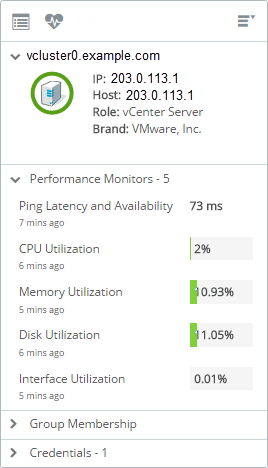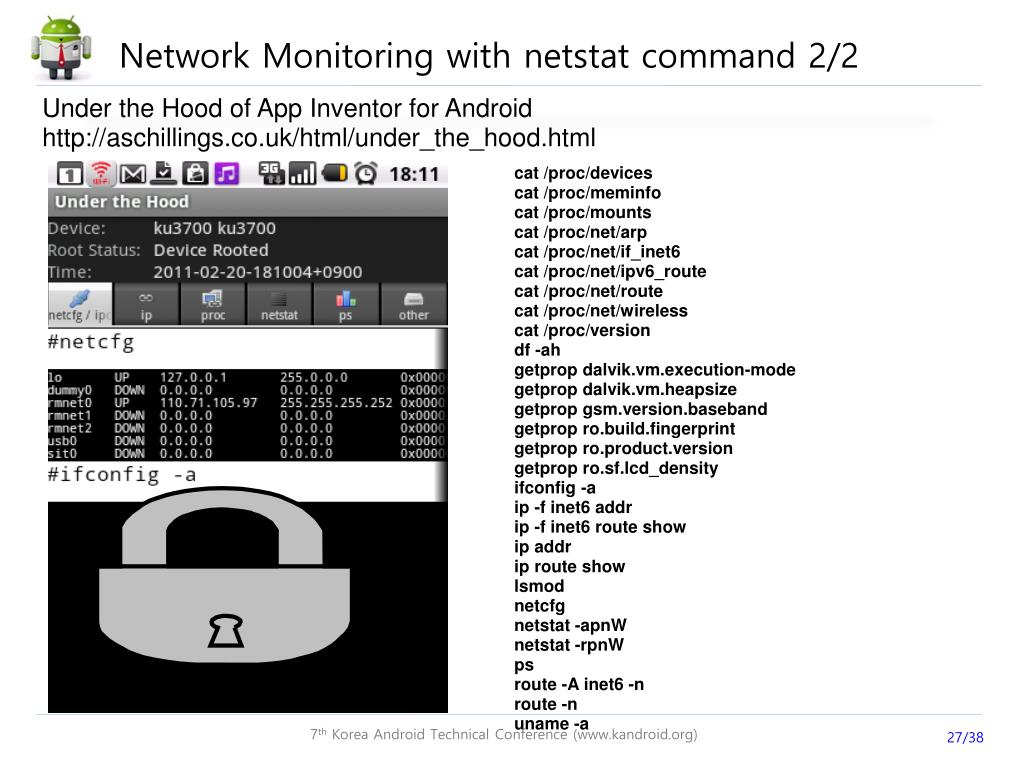
- WHAT IS PASSIVE MONITORING IPSWITCH WHATSUP GOLD PLUS
- WHAT IS PASSIVE MONITORING IPSWITCH WHATSUP GOLD WINDOWS
WHAT IS PASSIVE MONITORING IPSWITCH WHATSUP GOLD PLUS
Add-ons for NTA, virtualisation monitoring and application monitoring can be purchased separately or you can go for the Total Plus version which includes them all. The Premium edition on review offers yearly subscription or licensed versions and includes core features such as discovery, alerting and reporting, plus device, cloud and storage monitoring. Each device, regardless of network ports, CPUs and so on is considered one element and costs one point, while monitored applications or NetFlow data sources each cost ten points. New licensing schemes were introduced in the previous version which use a simple points-based system. Ipswitch WhatsUp Gold 2019 review: Licensing and deployment Combining this with flow monitoring, it watches out for accesses to Tor entry and exit points, and alerts you if it spots any activity. If you have passive monitors assigned to "talkative" devices, or you have monitors which are not exclusive enough in their search criteria assigned to your WhatsUp devices, you may re-encounter this problem as more passive monitor data is collected by the system.WUG can pick up dark web activity as its Network Traffic Analysis (NTA) add-on gets the benefit of an IP reputation library.
WHAT IS PASSIVE MONITORING IPSWITCH WHATSUP GOLD WINDOWS
You can do this easily by viewing the the Total Passive Monitors by Type dashboard report (available on any Home dashboard), and the system-level SNMP Trap Log, Syslog Entries, and Windows Event Log reports. Important: After you reclaiming database space, you should examine your passive monitors' configuration. More information on the "DBCC SHRINKDATABASE" command can be found on Microsoft's web site at: Note: You can abort the shrink process at any time by using the + keystroke sequence. The database shrink could take quite some time depending on the size of the database and system resources, but reports a short database space analysis after completion. >sqlcmd -E -S "%COMPUTERNAME%\WHATSUP" -Q "DBCC SHRINKDATABASE ('WhatsUp', 20)"

Important: We recommend making a backup of your WhatsUp Gold database should you need to reverse any of the following changes. Any actions triggered by an incoming passive monitor event will still appear in the Action Log. This removes all passive monitor data that appears in the SNMP Trap Log, Syslog Entries, and Windows Event Log reports. The fastest way is to remove all passive monitor data collected by the application.

You can verify this configuration in Program Options.

To do this, ensure that for the both the SNMP Trap Listener and the Syslog Listener, you are not accepting unsolicited messages.

The first step is to ensure you are only collecting data for passive monitors you have explicitly configured for your devices.


 0 kommentar(er)
0 kommentar(er)
